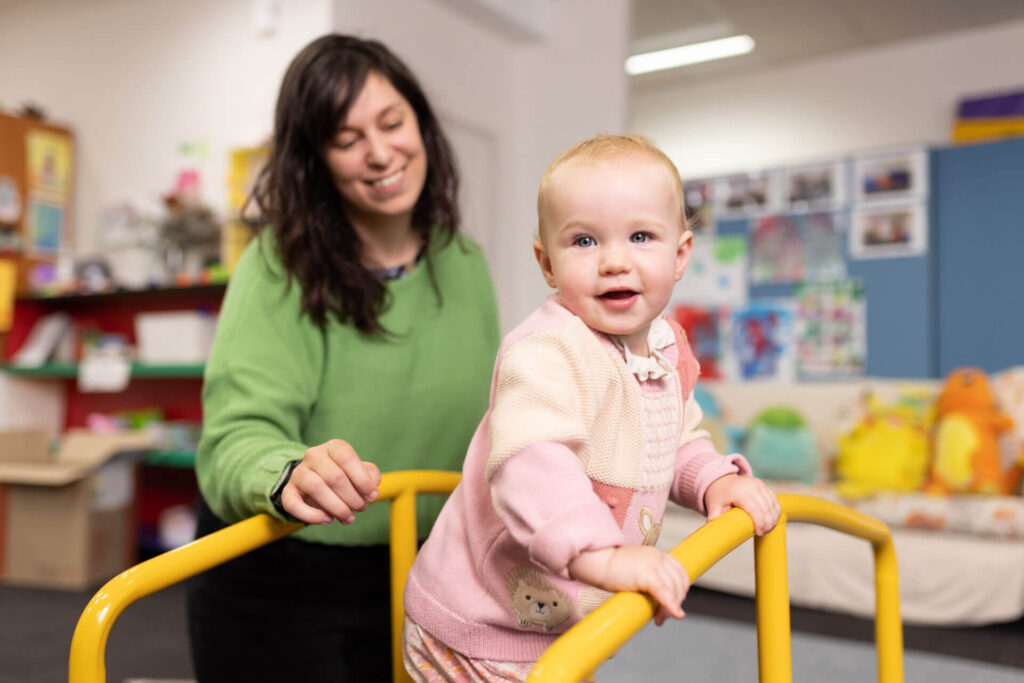What is gentle discipline and how can you use it effectively?
As a parent, it can be challenging to know the right way to discipline your child.
You want to teach them right from wrong and ensure they grow up to be responsible and well-behaved adults.
However, traditional methods of discipline, such as yelling or spanking, can be harmful and ineffective in the long run.
That’s where gentle parenting comes in. In this blog post, we’ll explore what gentle discipline is and provide you with practical tips and strategies for disciplining your child with kindness.
Understanding gentle discipline
Gentle discipline is an approach to parenting that emphasises positive reinforcement and communication, rather than punishment and negative reinforcement.
It is based on the idea that children learn better when they are treated with respect, empathy, and kindness.
Gentle discipline also focuses on understanding the underlying causes of behaviour and addressing them through compassionate guidance.
The benefits of gentle discipline are numerous.
Research shows that children who are disciplined using gentle methods tend to have higher self-esteem, better emotional regulation, and stronger relationships with their parents.
Additionally, parents who use gentle discipline report feeling less stress, guilt, and anger.
How to start implementing gentle discipline
Effective communication
A hearing screening is the most simple test to detect possible hearing loss.
This test involves playing a series of sounds or words and asking the participant to respond when they hear them.
Setting boundaries in a gentle and respectful way
Setting boundaries is another critical aspect of gentle discipline.
Boundaries give your child a clear understanding of what behaviour is acceptable and what is not.
When setting boundaries, focus on positive reinforcement rather than punishment.
For example, instead of saying, ‘You can’t watch TV if you don’t finish your homework’, try saying, ‘When you finish your homework, we can watch your favourite show together’.
How to model positive behaviour for your child
Children learn by watching and imitating the behaviour of the adults around them.
Modelling positive behaviour is an effective way to teach your child how to behave in a respectful and compassionate way.
Show your child how to handle conflicts, express emotions, and treat others with kindness and empathy.
When you make a mistake, acknowledge it, and model the behaviour you want to see in your child.
Gentle discipline scenarios
It’s easy to fall into the trap of yelling or punishing your child, but gentle parenting provides a more compassionate and effective approach.
Here are some common discipline scenarios and how to handle them using gentle parenting methods.
Scenario 1: Your child refuses to clean their room
Instead of getting angry or threatening punishment, try engaging your child in a conversation about why they don’t want to clean their room.
Listen to their perspective and try to come up with a solution together.
For example, you could suggest setting a timer for 10 minutes and cleaning up together.
Scenario 2: Your child hits their sibling
Instead of hitting your child back or punishing them, try addressing the underlying cause of their behaviour.
Ask questions and listen to their perspective, and try to understand why they may have hit their brother or sister.
Then, guide them in finding a better way to express their emotions, such as saying, ‘I feel angry when you take my toys’.
Scenario 3: Your child refuses to eat their vegetables
Instead of forcing your child to eat their vegetables or bribing them with rewards, try involving them in the meal planning process.
Let your child pick out a vegetable at the grocery store or help you prepare the meal.
You can also try making vegetables more appealing by adding a healthy dip or seasoning.
Scenario 4: Your child refuses to go to bed
Instead of threatening punishment or getting angry, try to understand why your child doesn’t want to go to bed.
Address their fears or concerns, and provide comfort and reassurance.
You can also create a relaxing bedtime routine, such as reading a story or singing a lullaby, to help your child feel calm and ready for sleep.
Addressing concerns and objections
One of the biggest misconceptions about gentle parenting is that it leads to spoiling or permissiveness.
Many parents worry that if they don’t punish their child, their child will become entitled and out of control.
However, research has shown that this is not the case.
In fact, gentle discipline is not about letting your child do whatever they want; it’s about providing guidance, setting clear boundaries, and teaching your child how to make responsible choices.
Setting boundaries is a key aspect of gentle parenting. When your child knows what behaviour is expected of them, they are more likely to comply.
However, the way in which these boundaries are set is different from traditional methods.
Instead of harsh punishments or rewards, gentle discipline relies on positive reinforcement and natural consequences.
For example, if your child throws a toy and breaks it, they learn the natural consequence that they no longer have that toy to play with.
Gentle parenting also emphasises teaching your child how to make responsible choices.
Rather than controlling your child’s behaviour, you are guiding them towards making positive decisions on their own.
This can be done by involving your child in decision-making processes, providing age-appropriate explanations and consequences, and modelling positive behaviour yourself.
It’s important to note that gentle parenting doesn’t mean ignoring misbehaviour or allowing your child to behave inappropriately.
Instead, it involves addressing the underlying causes of behaviour and guiding your child towards more appropriate ways of expressing themselves.
By using gentle discipline, you can foster a strong and positive relationship with your child while also teaching them important life skills.
Additional resources
If you want to learn more about gentle parenting and discipline, there are plenty of resources available.
Many books, websites, and parenting classes focus specifically on gentle discipline and can provide you with additional tips and strategies.
Some popular resources include:
- The Gentle Parenting Book by Sarah Ockwell-Smith
- The Whole-Brain Child by Daniel J. Siegel and Tina Payne Bryson
- Positive Parenting Solutions by Amy McCready
Effective discipline starts with you
Disciplining your child is an important part of parenting, but it doesn’t have to be harsh or punitive.
Gentle parenting provides a kinder and more effective way to teach your child right from wrong.
By communicating effectively, setting boundaries, modelling positive behaviour, and addressing behaviour with compassion and guidance, you can raise a well-behaved and emotionally healthy child.
We encourage you to try implementing some of these gentle discipline strategies in your own life and see the positive impact they can have on your relationship with your child and, if you need some help navigating challenging behaviours, our early childhood intervention services can provide the support you need.









